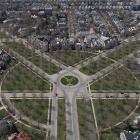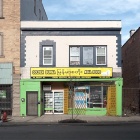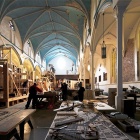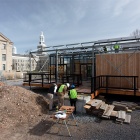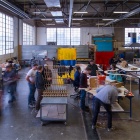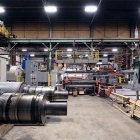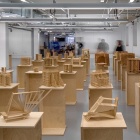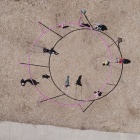A school and its city
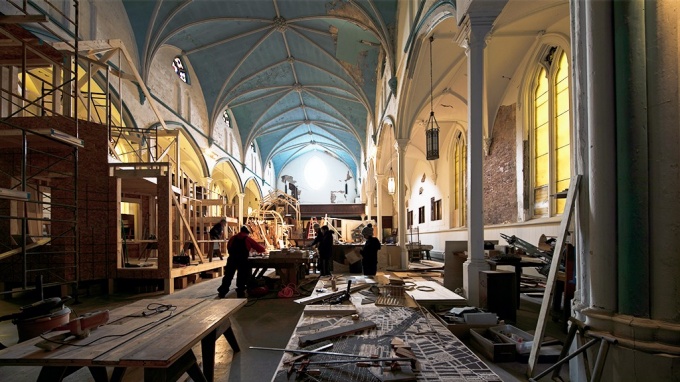
"Religious Reconstruction": A still from the film, of Assembly House 150, which houses an architectural craft workforce training program in the former Immaculate Conception Church in Buffalo.
See It Through Buffalo reveals the complex history of the City of Buffalo and the university's engagement with the city's contemporary challenges toward a more prosperous future.
Students, faculty, and staff at the School of Architecture and Planning engage global issues, from economic inequality and refugee resettlement, to food security and climate-change resilience. But the school plays an especially transformative role in the city, propelling Buffalo’s resurgence through economic development initiatives, urban design, community organizing, partnerships with industry, and full-scale construction - planning and building neighborhoods, homes, playgrounds, gardens, and the systems that interconnect them.
Sites of engagement
"This film and exhibition is an effort to ground this future of architectural education and its global reach in the communities that host the educational enterprise.We learn from our city and region every day and they learn from us. Together we reach for the global impacts that rebuild our cultures, sustain our planet, and substantiate the relevance of architecture and planning in the twenty-first century."
- Dean Robert G. Shibley, excerpted from the exhibition catalog


